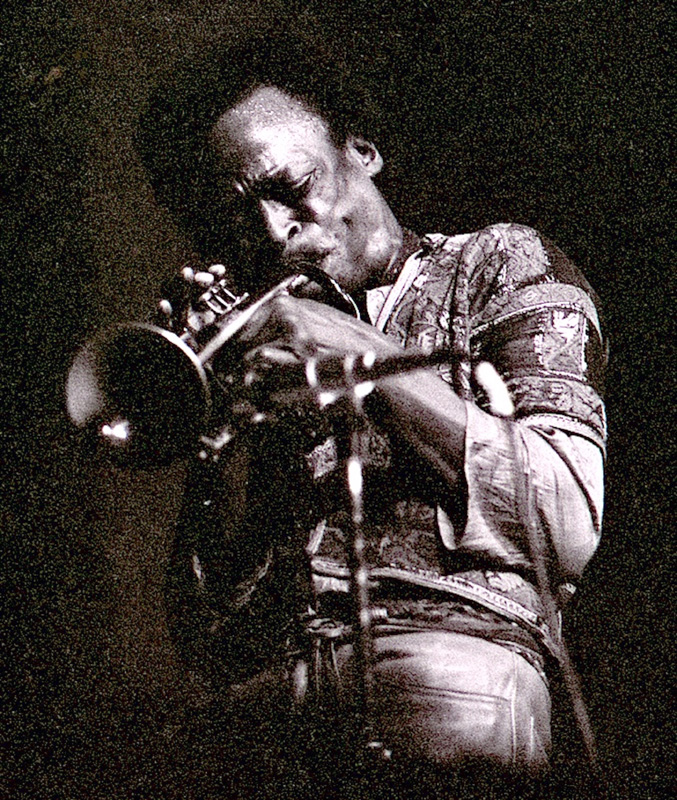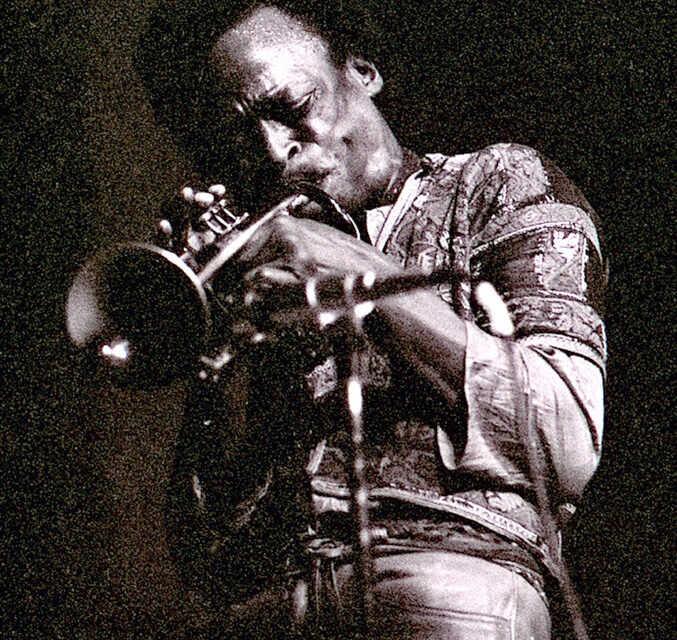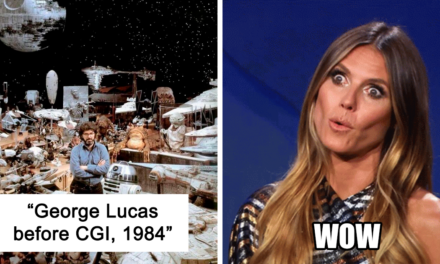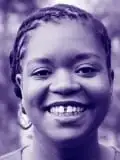
Island photographer Leo Frame’s striking large photographs are a moving journey through history and Black culture in the late 1960s through the mid-1970s. His 35mm black-and-white portraits capture moments of Black individuals, most of whom are familiar, from a time gone by. Leo Frame Photography’s “The Spirit Unveiled: Black and White Portraits of Excellence,” curated by Featherstone Center for the Arts and on view in the Feldman Family Artspace at the Martha’s Vineyard Film Center, is a gem of an exhibition. Frame culled 18 photographs from his collection of more than 10,000 to create a stirring three-part show of ardent performers on stage, politicians passionately addressing an audience, and anonymous children and adults in his street photography from the Southern U.S.
Frame’s photojournalistic approach creates an immediacy that instantly brings his subjects to life. Although he studied business at Fisk University, Frame’s photographic beginnings were in 1967, with a course taught by the distinguished photographer Robert (“Bobby”) Sengstacke, adopting a photojournalistic style that employs only available light and captures subjects in their settings. Frame refers to his inspirations as Roy DeCarava, Gordon Parks, James Van Der Zee, and many others who have taken up the challenge to portray Black America as poignant and beautiful.
“I am politically, artistically, and musically inclined,” Frame says. “As a Black photographer, I have reflected my environment and love for my community in these images. This work has been created for my community, who have shared this journey with me, and might serve as a legacy for my children.”
Along the wall are Frame’s heroes, primarily during his time both at Fisk and during grad school at the University of Massachusetts, Amhurst, which was a hotbed of African American education where prominent movers and doers were brought to speak. Looking at his collection, Frame says, “I was able to capture the people I loved the most.”
We are first greeted by powerful portraits of iconic musicians of the era, such as Sly Stone, Aretha Franklin, Stevie Wonder, Miles Davis, and Roberta Flack, who are so completely lost in their performances that our close proximity is irrelevant to them. Shooting and framing his compositions closely and tightly, without any distracting background, allows us to feel the vibration of being there live.
Frame’s street photography from Nashville and Atlanta resonates with a time and place. He says, “The images captured the spirit, and the spirit told the story. Some of the most beautiful and poignant shots I have are of people in the community.” This set was primarily part of an assignment for his class with Sengstacke. “I was constantly looking for something that stood out. During that time, there was so much civil rights strife, and I decided I had a side I wanted to be on,” Frame shares. His immediately arresting work, “Waiting for the Bus,” is full of contrast. Standing in a doorway to the left is a Black woman wearing sneakers and drooping stockings, and an older, white woman seemingly dressed professionally, as though coming from an office job. While the socioeconomic differences hit you first, these two women are united not just by the fact that they have a similar stance, with a pocketbook and coat hanging over their arm — but by their confrontational stare at Frame, and by extension, us, clearly very unhappy to have their photograph taken. The animosity emanating from both their countenances makes us want to glance away.
The souls and spirits in Frame’s pictures of Black children in a poor urban neighborhood pour through, awakening our compassion on a gut level. About “Time to Go Home,” of the three young boys, backs turned, walking hand-in-hand away from us, Frame says, “They were the saddest individuals I met, only because of the depravity of their lifestyle. They were poor and lived in the projects. But it is also a testament to love.” Another piece is an immensely poignant face-on portrait, taken looking down at a devastatingly poor young boy who looks up with the saddest eyes right into our own. “I used to call this ‘Sad Little Boy,’ because he broke my heart. He still does. I look at how he’s dressed, and you know how hard his life had to be. You could just see it in his face. That was how it was for so many. They just lived in squalor through no fault of their own.”
Among his political work is a photo of Angela Davis, who Frame says is one of the most essential Blacks of the era to proclaim her love of African Americans. Frame’s portrait of Muhammad Ali, right arm bent, fist clenched, pointing to, or thumping, his heart, and fierce expression makes us feel the intensity of his passionate speech, which was about his avoidance of the draft and desire to see peace. You can feel the sweat on Rep. John Lewis’ face. Just to the right of the picture of a relaxed, smiling Andrew Young looking out into the distance is Supreme Court Justice Thurgood Marshall, who, in fact, was swearing Young in as ambassador to the U.N.
Thinking about his exhibit as a whole, Frame tells me, “I was a teacher for 25 years. My love of education and sharing my knowledge comes first in everything I do, and is included in my photography. I look at this as a history lesson.
“Seeing a powerful photograph can impact a person’s awareness, philosophy, and opinions. It opens doors, releasing the spirit, which can lay dormant until seen with the mind’s eye.”
Leo Frame Photography’s “The Spirit Unveiled: Black and White Portraits of Excellence” is on view at the Film Center’s Feldman Family Artspace through August 13.





